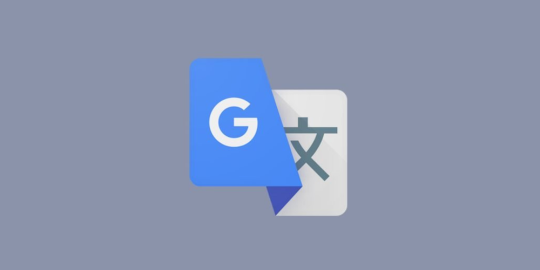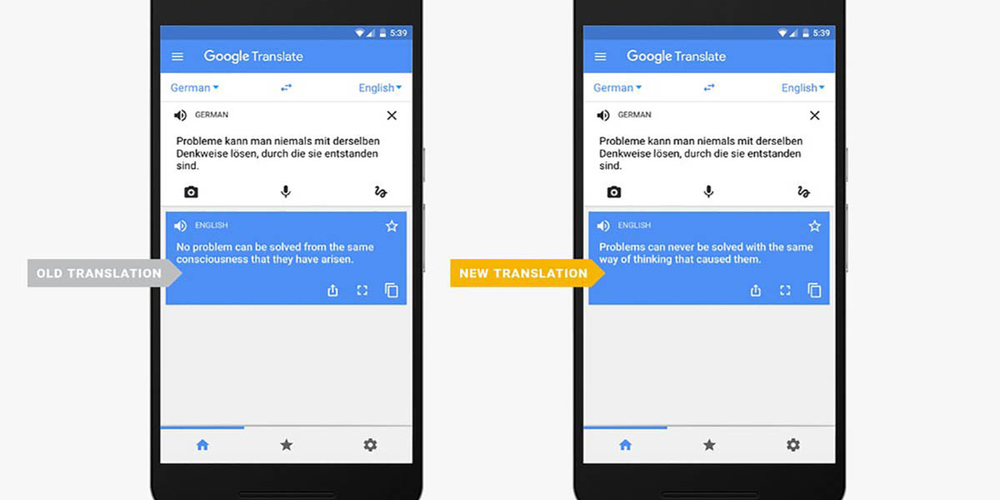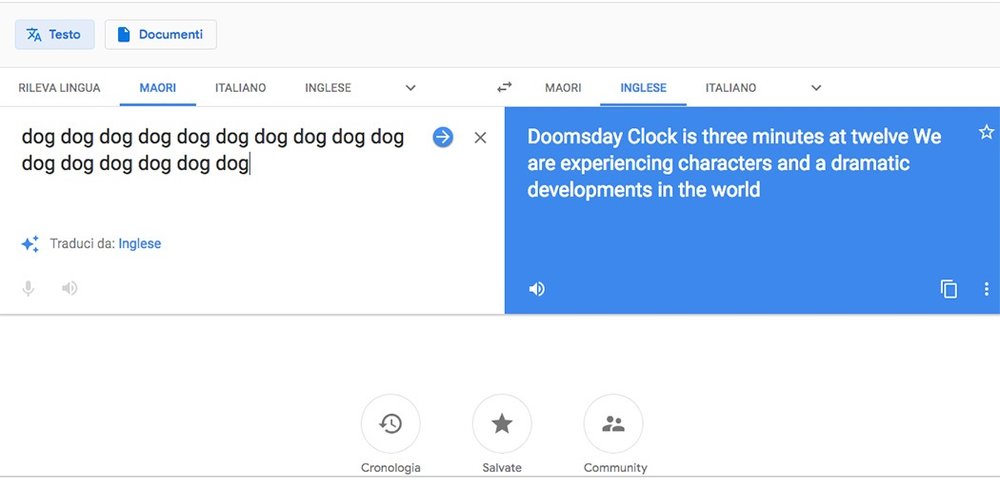
Google Translate has become an indispensable tool for millions of people worldwide, breaking down language barriers and bridging communication gaps. However, the quality of translations is not always perfect, and users often encounter inaccuracies or awkward phrasings. To help users get the most out of Google Translate, this article will provide tips and tricks for improving translation quality and ensuring that the meaning of your text is accurately conveyed.
1. Make use of Google Translate's built-in features

Google Translate offers numerous built-in features designed to enhance translation quality. These features utilize the power of artificial intelligence and machine learning to provide more accurate translations. To make the most of these tools, users should familiarize themselves with the various options and settings available within the platform. Some of these features include:
- Neural Machine Translation (NMT): This technology, which is based on deep learning and neural networks, has significantly improved the quality of translations. NMT is now the default translation method for most languages in Google Translate, but it is essential to ensure that your device is running the latest version of the app to take full advantage of this feature.
- Offline translations: Google Translate allows users to download language packs for offline use, which can be helpful when traveling or when an internet connection is not available. The quality of offline translations has improved over time, and they now use NMT technology to provide more accurate translations.
- Camera translation: This feature enables users to point their device's camera at text, such as signs or menus, and receive instant translations. The accuracy of camera translations has improved with the introduction of NMT, but it is still a good idea to double-check the results with other sources when possible.
- Instant translation: With this feature, users can type or speak a phrase in one language and see the translation in another language in real-time. This can be particularly useful for real-time conversations, but it is essential to remember that the translations may not always be perfect and to verify the results when necessary.
2. Write clearly and simply in the source language
One of the most effective ways to improve translation quality is to ensure that the source text is clear and straightforward. This means using short sentences, avoiding complex vocabulary and idioms, and sticking to the active voice. By simplifying the source text, users can minimize the risk of misunderstandings and translation errors. Some tips for writing clear and simple source text include:
- Use common words and phrases that are likely to be understood by the majority of people.
- Avoid using slang, colloquial expressions, or regional dialects, as these can be difficult for the translation algorithms to interpret correctly.
- Keep sentences short and to the point, as longer sentences can be more challenging to translate accurately.
- Use punctuation correctly, as this can help the translation algorithm understand the structure and meaning of your text.
- Refrain from using ambiguous language, as this can lead to confusion and translation errors.
3. Edit and proofread the translated text

While Google Translate has come a long way in terms of translation accuracy, it is still essential to review the translated text for errors and inconsistencies. Users should carefully read through the translated text and compare it to the original source text to ensure that the meaning has been accurately conveyed. Some tips for editing and proofreading translations include:
- Look for any obvious errors, such as incorrect word choices, grammar mistakes, or punctuation issues.
- Ensure that the translated text flows naturally and is easy to understand.
- Double-check any technical terms or specialized vocabulary to ensure that they have been translated accurately.
- Consider the cultural context of the translation, as certain phrases or expressions may not have an exact equivalent in the target language.
- If possible, ask a native speaker of the target language to review the translated text, as they may be able to identify errors or suggest improvements that you may have missed.
4. Use additional resources and tools when necessary
While Google Translate is a powerful and versatile tool, there are times when additional resources or tools may be necessary to ensure translation accuracy. Users should not hesitate to consult other sources, such as online dictionaries, language learning apps, or even human translators, to verify translations or gain a better understanding of a particular phrase or expression. Some additional tools and resources that can be helpful for improving translation quality include:
- Online dictionaries, such as WordReference or Linguee, which can provide more context and examples for specific words and phrases.
- Language learning apps, such as Duolingo or Memrise, which can help users build their vocabulary and understanding of grammar rules.
- Forums and discussion boards, where users can ask questions and receive feedback from native speakers or language experts.
- Professional translation services, which can provide accurate and high-quality translations for important documents or projects.
5. Provide feedback to Google Translate

Finally, one of the most effective ways to help improve the quality of translations in Google Translate is to provide feedback on any errors or issues that you encounter. Google actively encourages users to report translation errors and provide suggestions for improvement, as this feedback is an essential part of the ongoing development and refinement of the translation algorithms. To submit feedback, simply click on the "Suggest an edit" option within the Google Translate app or website and follow the prompts to provide your input.
By following these tips and utilizing the various features and resources available, users can significantly improve the quality of translations in Google Translate. With a little extra effort and attention to detail, it is possible to unlock the full potential of this powerful tool and communicate more effectively across language barriers.